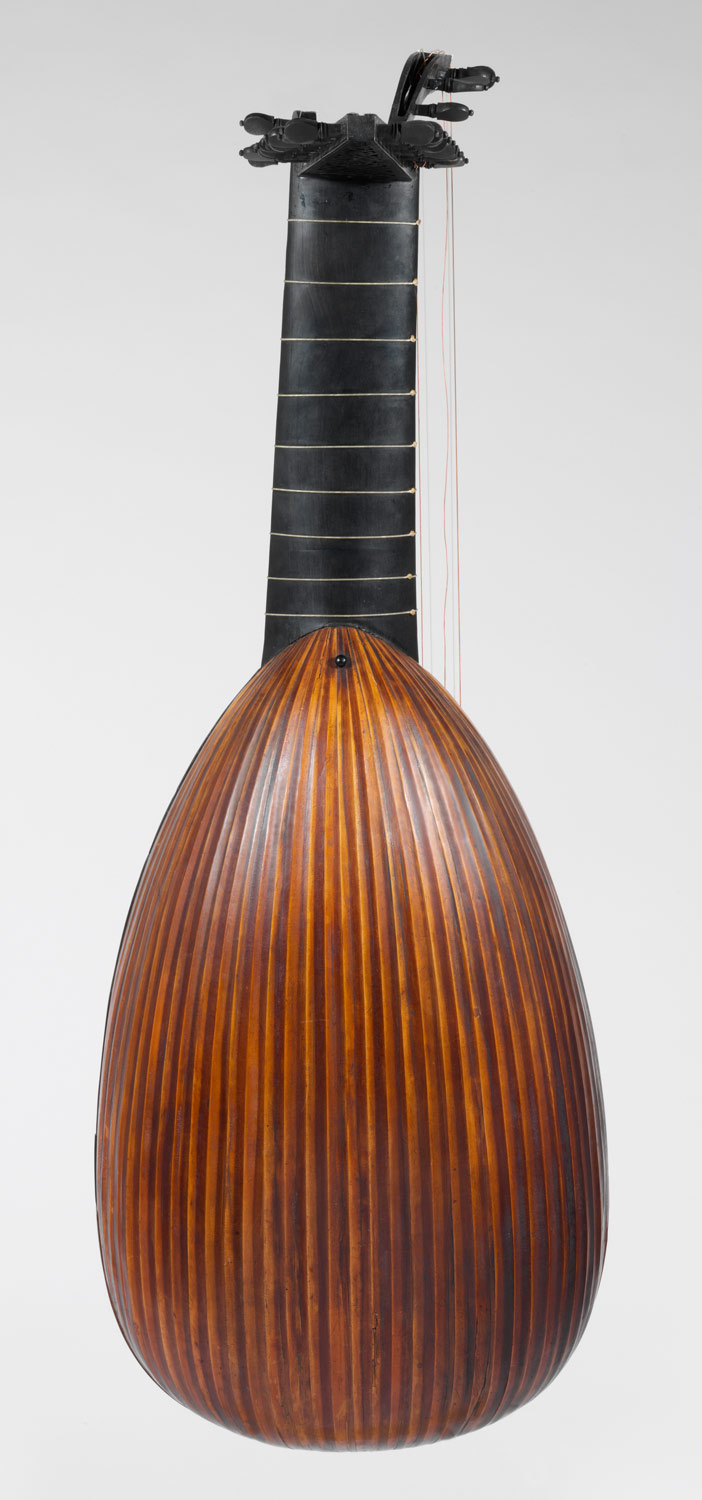With a little help from its builder, yes. A
"stripey" lute back style gained popularity in
 |
| A yew tree |
|
the early 1600s. This style used a greater number of ribs in construction (anywhere from fifteen to fifty, quite an increase from the typical 9-13 of the century before), and favored yew wood where maple had been the norm. The use of yew was what allowed the striping effect. In the yew tree, there is a striking shift in color where the darker heartwood meets the lighter sapwood. Lute builders selected ribs from this area to achieve that alternation of color tone around the back of the lute.
 |
A lute attributed to Wendelin Tieffenbrucker,
one of the renowned builders of this style. |
.
 |
| Yew striping effect |
|






Lily, had you noticed this exhibit at the Met and the blog accompanying it? http://www.metmuseum.org/about-the-museum/museum-departments/curatorial-departments/musical-instruments/of-note/2014/exploring-the-sacred-lute
ReplyDeleteSo interesting, Lily. Ms. Snyder, something else to seek out at the Met! Thank you for pointing it out.
ReplyDelete